
Category: genetics


We Own Our DNA
You OWN your DNA data Let’s keep it that way.
EDNA Members monetize their genetic data by selling access to their data direct to researchers. With an average selling price of $350.00 and an average expectancy of up to 200 deals, this can translate to as much as $70,000.00 per person. Intended use and licensing of this data is controlled by smart contract and may include posted bonds provided by researchers to insure confidentiality and security of the data. Don’t give away this highly-valuable property. Claim it for yourself. Opt-In only when YOU decide. It’s your property and you should be in control.
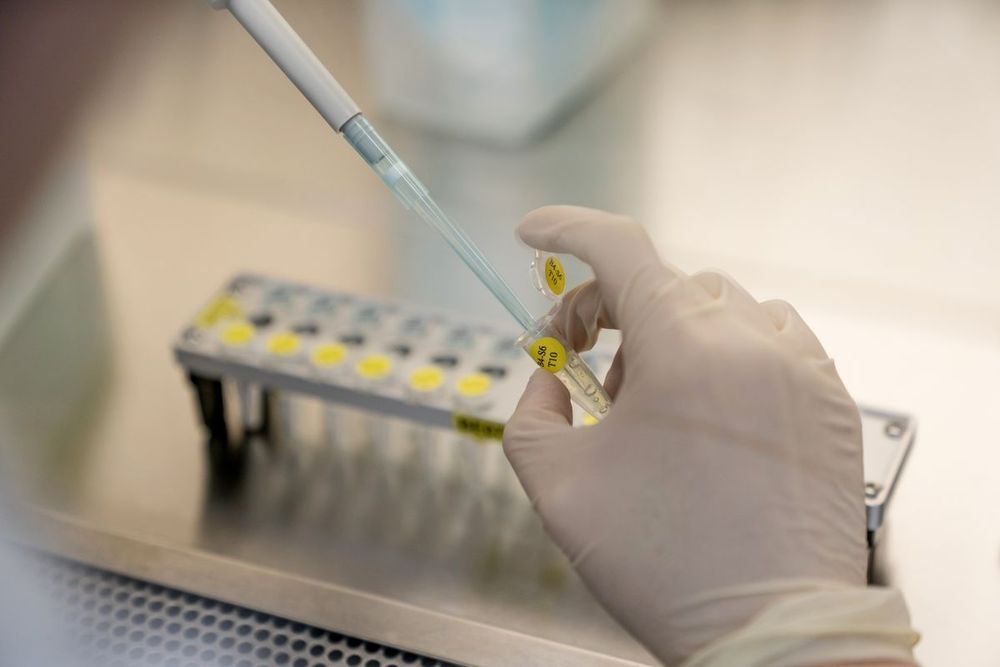
Crispr Innovators Make It Easier to Use Their Gene-Editing Technology
Two important developers of the celebrated Crispr gene-editing technology said they will make it easier for researchers to license their intellectual property, a move aimed at hastening innovation in the burgeoning field.
MilliporeSigma, the life-sciences tools division of German pharmaceutical giant Merck KGaA, and the Broad Institute of MIT and Harvard said researchers will be able to get nonexclusive rights to patents held by both organizations for research purposes with a single license.
Companies will have to pay a licensing fee. Nonprofit and academic institutions will be permitted to license the patents for free, the organizations said in a news release on Thursday.
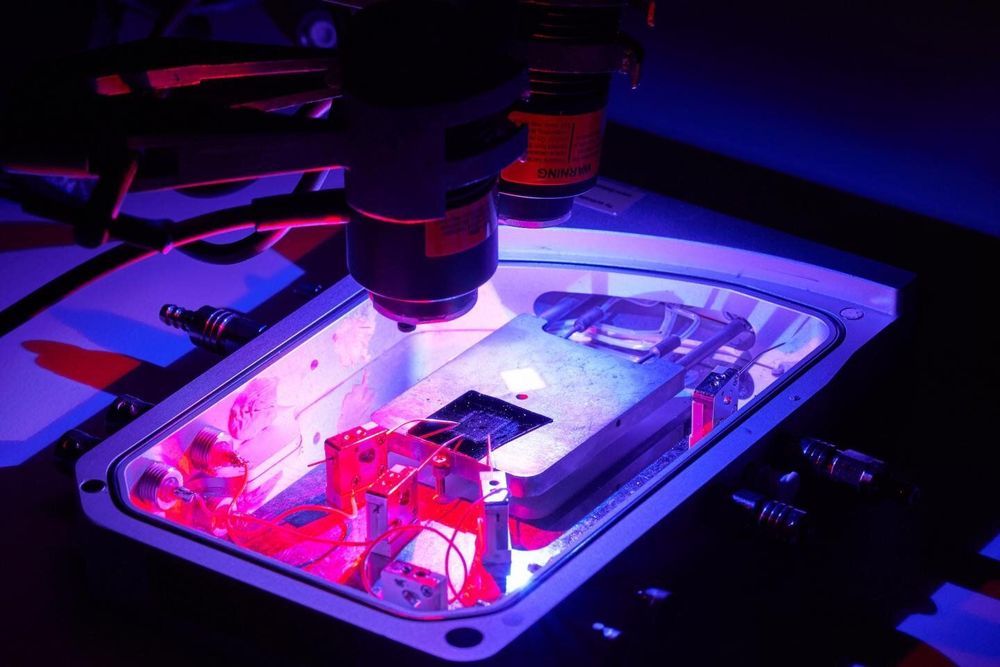
Electronic chip mimics the brain to make memories in a flash
Researchers from RMIT University have drawn inspiration from optogenetics, an emerging tool in biotechnology, to develop a device that replicates the way the brain stores and loses information. Optogenetics allows scientists to delve into the body’s electrical system with incredible precision, using light to manipulate neurons so that they can be turned on or off.
The new chip is based on an ultra-thin material that changes electrical resistance in response to different wavelengths of light, enabling it to mimic the way neurons work to store and delete information in the brain. Research team leader Dr. Sumeet Walia said the technology has applications in artificial intelligence (AI) technology that can harness the brain’s full sophisticated functionality.
“Our optogenetically-inspired chip imitates the fundamental biology of nature’s best computer—the human brain,” Walia said. “Being able to store, delete and process information is critical for computing, and the brain does this extremely efficiently. We’re able to simulate the brain’s neural approach simply by shining different colors onto our chip. This technology takes us further on the path towards fast, efficient and secure light-based computing. It also brings us an important step closer to the realization of a bionic brain—a brain-on-a-chip that can learn from its environment just like humans do.”

Viewpoint: Why CRISPR-edited crops should be allowed in organic agriculture
A University of California, Berkeley professor stands at the front of the room, delivering her invited talk about the potential of genetic engineering. Her audience, full of organic farming advocates, listens uneasily. She notices a man get up from his seat and move toward the front of the room. Confused, the speaker pauses mid-sentence as she watches him bend over, reach for the power cord, and unplug the projector. The room darkens and silence falls. So much for listening to the ideas of others.
Many organic advocates claim that genetically engineered crops are harmful to human health, the environment, and the farmers who work with them. Biotechnology advocates fire back that genetically engineered crops are safe, reduce insecticide use, and allow farmers in developing countries to produce enough food to feed themselves and their families.
Now, sides are being chosen about whether the new gene editing technology, CRISPR, is really just “GMO 2.0” or a helpful new tool to speed up the plant breeding process. In July, the European Union’s Court of Justice ruled that crops made with CRISPR will be classified as genetically engineered. In the United States, meanwhile, the regulatory system is drawing distinctions between genetic engineering and specific uses of genome editing.

In genetics and developmental biology
In genetics and developmental biology, somatic cell nuclear transfer (SCNT) is a laboratory technique for creating an ovum with a donor nucleus. It can be used in embryonic stem cell research, or in regenerative medicine where it is sometimes referred to as “therapeutic cloning”.
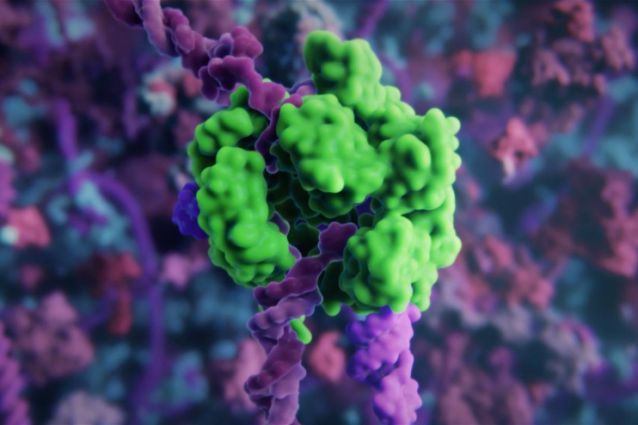
Lipid Nanoparticles Deliver CRISPR/Cas9 into Organs with High Efficiency
Researchers at Tufts University and the Chinese Academy of Sciences have developed a new lipid nanoparticle which can deliver CRISPR/Cas9 gene editing tools into organs with high efficiency, suggesting that the system is promising for clinical applications.
The CRISPR/Cas9 system is currently being investigated as a way to treat a variety of diseases with a genetic basis, including Duchenne muscular dystrophy, Huntington’s, and sickle cell disease. While the system has significant promise, there are some issues that need to be resolved before it can be used clinically. CRISPR/Cas9 is a large complex, and it is difficult to get it inside cell nuclei where it is needed for gene editing.
Scientists have tried a variety of delivery vehicles for CRISPR/Cas, which are intended to carry the gene editing tools to their location and help them enter the cell and nucleus. These have included viruses and various types of nanoparticle. However, to date, these have suffered from low efficiency, whereby very little of the delivered agent reaches the cells or organs where it is needed.

Researchers create ‘epigenetic atlas’, heralding leap forward in disease diagnosis
This atlas of human CoRSIVs,” they write, “provides a resource for future population-based investigations into how interindividual epigenetic variation modulates risk of disease,” and may well transform understanding of the causes of illness in the human body.
A project 370 times larger than the Human Genome Project bears first fruit. Stephen Fleischfresser reports.
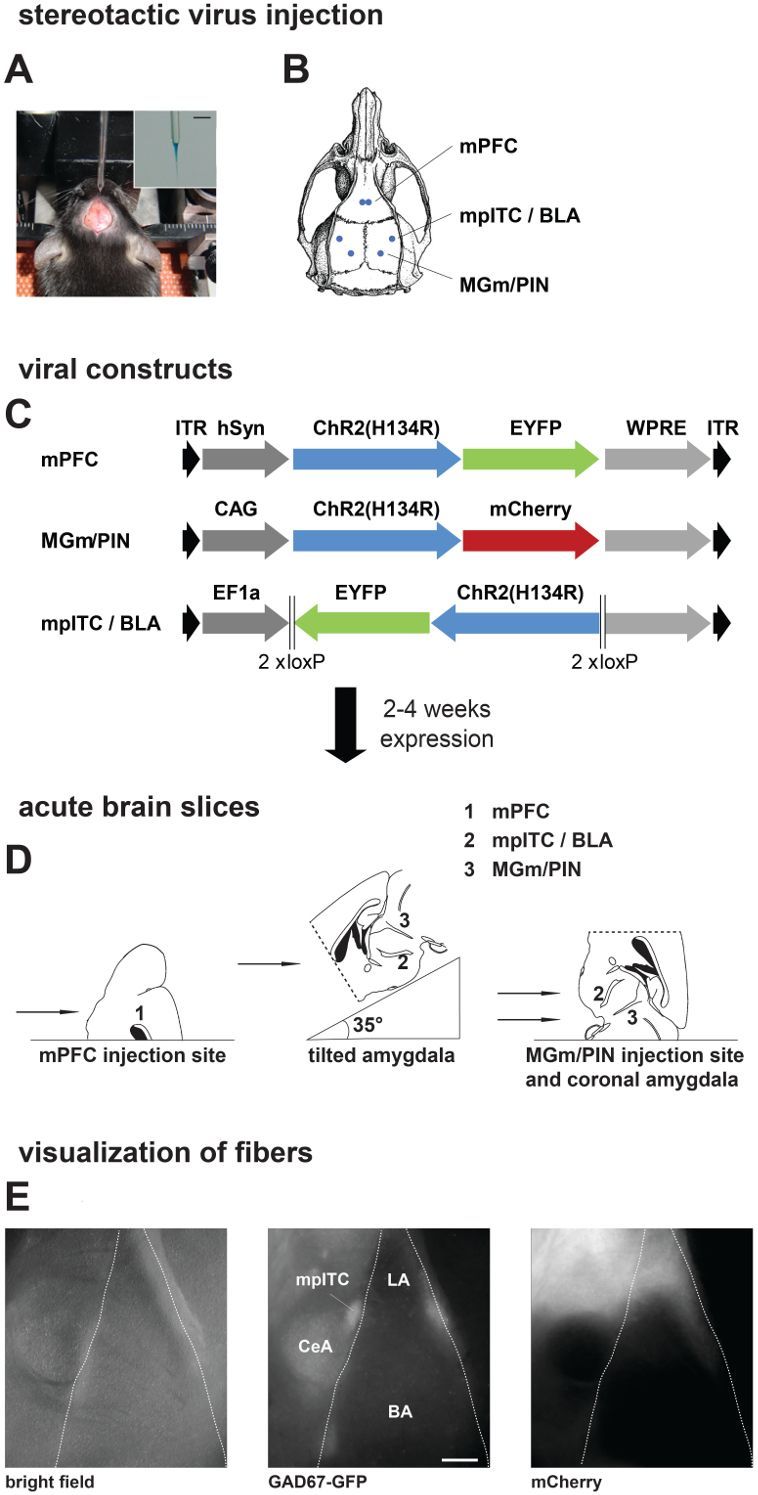
Ex Vivo Optogenetic Dissection of Fear Circuits in Brain Slices
Optogenetic approaches are widely used to manipulate neural activity and assess the consequences for brain function. Here, a technique is outlined that upon in vivo expression of the optical activator Channelrhodopsin, allows for ex vivo analysis of synaptic properties of specific long range and local neural connections in fear-related circuits.
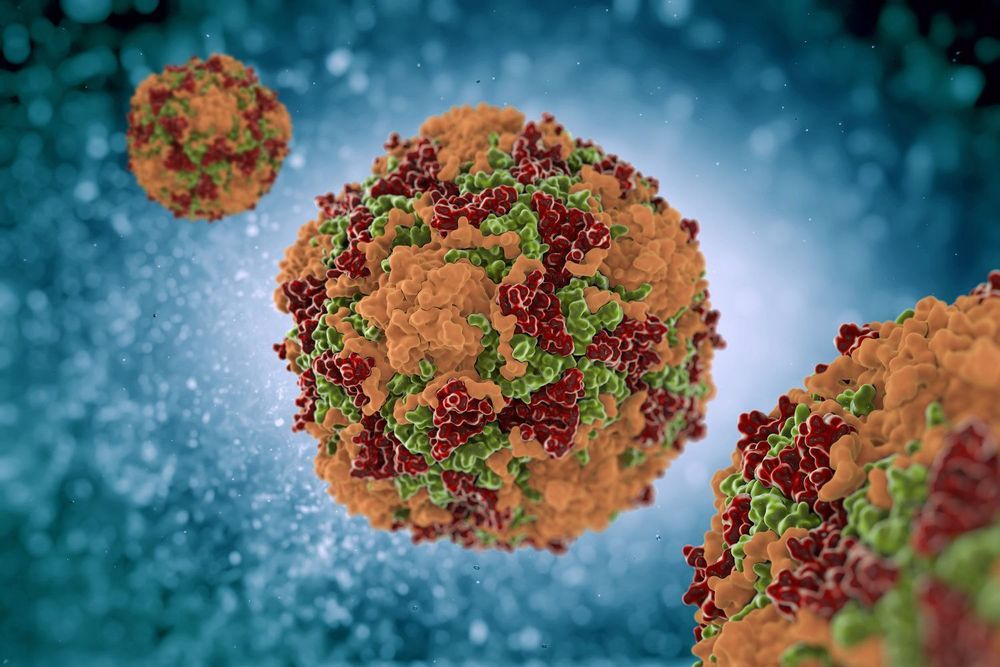
A Common Cold Virus Wiped Away Bladder Cancer in One Patient
A simple cold virus could wipe out tumors in a form of bladder cancer, a small new study suggests.
Though the idea of using viruses to fight cancer isn’t new, this is the first time a cold virus effectively treated an early-stage form of bladder cancer. In one patient, it eliminated a cancerous tumor, the group reported July 4 in the journal Clinical Cancer Research.
A group of researchers conducted an early-stage clinical trial in which they infected 15 bladder cancer patients with coxsackievirus A21, which is one of the viruses that cause the common cold. Coxsackievirus is not a genetically modified virus; it’s “something that occurs in nature,” said senior author Hardev Pandha, a professor of medical oncology at the University of Surrey in England. [Exercise May Reduce the Risk of These 13 Cancers].